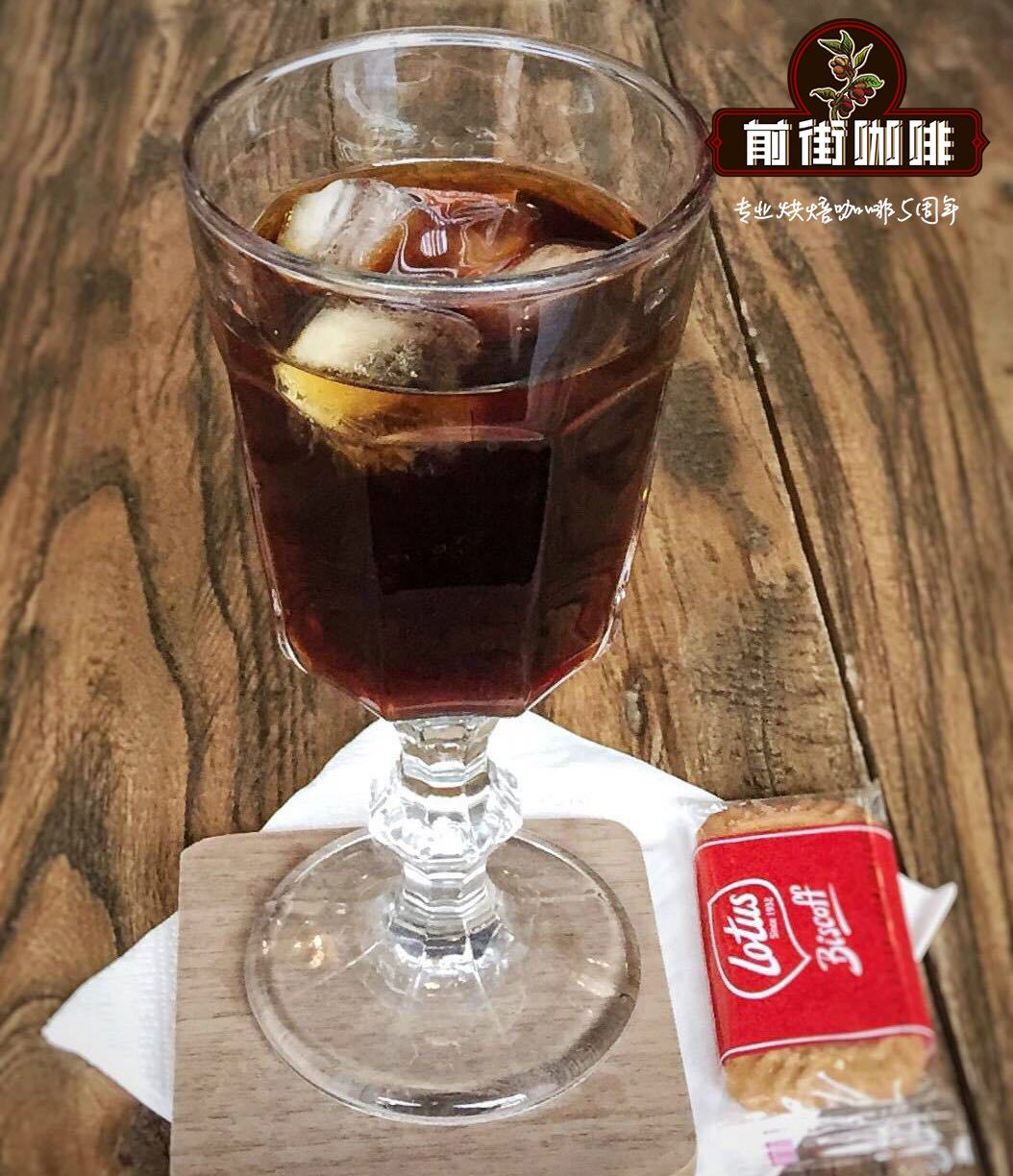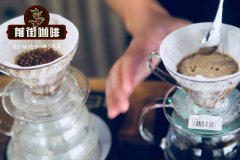Kenya Kana Yi treatment station washed coffee beans story _ Kenya Kana Yi coffee is good?

Professional coffee knowledge exchange More coffee bean information Please pay attention to coffee workshop (Weixin Official Accounts cafe_style)
This is coffee that we personally went to Kenya to pick up for auction in the new season, and it came from the Kainamui processing station. The station was founded in 1963 and is located on the upwind slope of Mount Kenya. It has a total of 2000 members, mainly male (1200 male members). As a whole, the members near the station are mainly small farmers, with no more than 200 coffee trees per capita.
Coffee in the area where Kainamui treatment station is located is picked manually, and only coffee cherries with all red fruits are picked for further treatment. Coffee cherries enter the fermentation tank after the first step of peeling by the peeling machine. Usually, coffee cherries are coated with a layer of pectin after removing the exocarp. This layer of pectin is the main source of natural sugar in coffee and contributes most of the acid and flavor contained in coffee.
In the next fermentation phase, depending on the temperature, the coffee will be allowed to stand in the fermentation tank for 12-24 hours, which is the key time to experiment with different coffee flavors. As the fermentation proceeds, pectin will crack and split from the endocarp of coffee. At this time, coffee beans will be washed with water. The attached pectin will be washed clean, and then they can be dried off the ground, which is commonly known as African bed drying, lasting 7-15 days.
In the initial stages of drying (the first six hours), spread the coffee in a thin layer and dry it to about 50% moisture content quickly. Then you can dry it thicker and dry it in the next 5-10 days. The coffee is then transferred to a specially dried room, dry off the ground, ventilated and protected from rain.
Patrick Njogu and his team work with Coffee Management Services (CMS) on everything from agrotechnical training, equipment upgrades, sustainability to financing. In the past two coffee production seasons (2016/2017-2017/2018), Kainamui treatment station, like Kenya's large and small treatment stations, faced the problem of production reduction, and the new production season was close to half of the production reduction.
When we tested this coffee in Kenya Coffee Dormans office, it was more focused on Kenya coffee berry flavor, it has honey sweet feeling and oolong tea flavor.
END
Important Notice :
前街咖啡 FrontStreet Coffee has moved to new addredd:
FrontStreet Coffee Address: 315,Donghua East Road,GuangZhou
Tel:020 38364473
- Prev

What is the grade of Kenyan coffee beans? how much is a pack of Kenyan coffee beans AB?
For more information on coffee beans, please follow Coffee Workshop (Wechat cafe_style) MARY WACERA NGUGI Kenya Ngugu-Ini AB Kenya Ngugi Coffee Factory adheres to a strict quality-driven approach in their washing stations to ensure that only the best coffee is produced. The factory was built in 1958 and has 1200 active members.
- Next

Introduction to batch S2020 of Kenya Kandigii Kandigo processing Station _ brief introduction to the characteristics of Kenyan coffee beans
Professional coffee knowledge exchange more coffee bean information please follow the coffee workshop (Wechat official account cafe_style) this is our new production season to Kenya to choose the coffee for auction, it comes from the Kandigi processing station. The treatment station was established in the 1970s to deal with five village areas from Kioru, Taai, Mitarune, Rugomo and Kithiro and Kiamiriru.
Related
- Detailed explanation of Jadeite planting Land in Panamanian Jadeite Manor introduction to the grading system of Jadeite competitive bidding, Red bid, Green bid and Rose Summer
- Story of Coffee planting in Brenka region of Costa Rica Stonehenge Manor anaerobic heavy honey treatment of flavor mouth
- What's on the barrel of Blue Mountain Coffee beans?
- Can American coffee also pull flowers? How to use hot American style to pull out a good-looking pattern?
- Can you make a cold extract with coffee beans? What is the right proportion for cold-extracted coffee formula?
- Indonesian PWN Gold Mandrine Coffee Origin Features Flavor How to Chong? Mandolin coffee is American.
- A brief introduction to the flavor characteristics of Brazilian yellow bourbon coffee beans
- What is the effect of different water quality on the flavor of cold-extracted coffee? What kind of water is best for brewing coffee?
- Why do you think of Rose Summer whenever you mention Panamanian coffee?
- Introduction to the characteristics of authentic blue mountain coffee bean producing areas? What is the CIB Coffee Authority in Jamaica?

